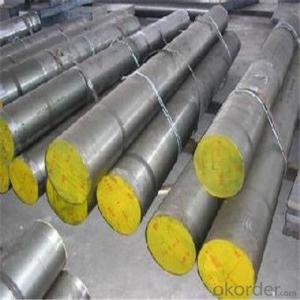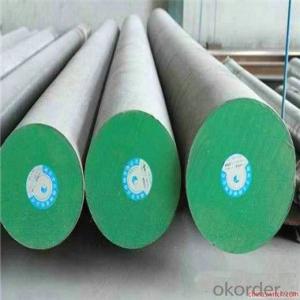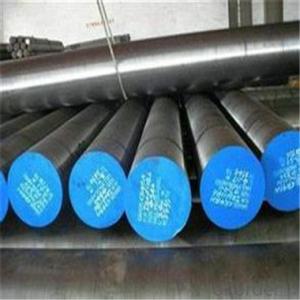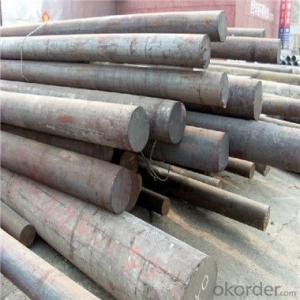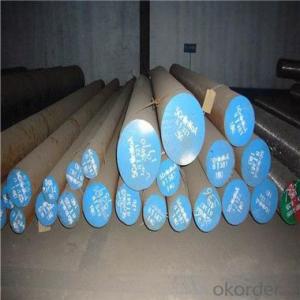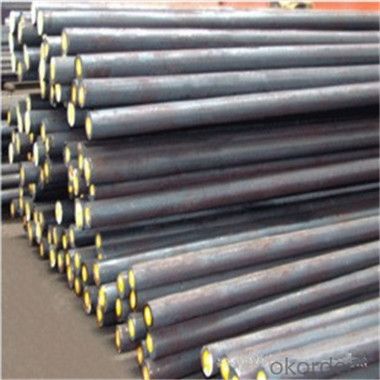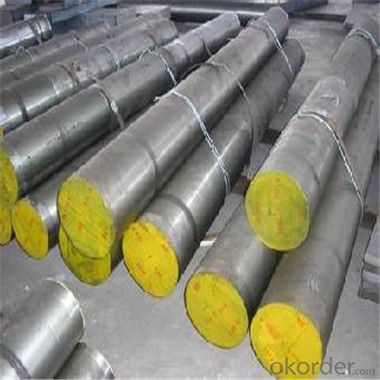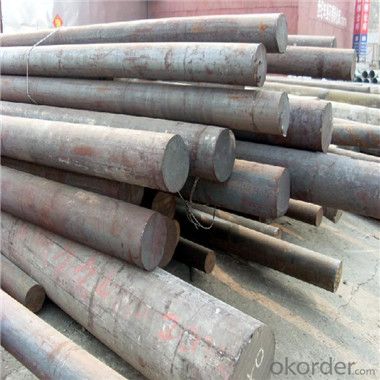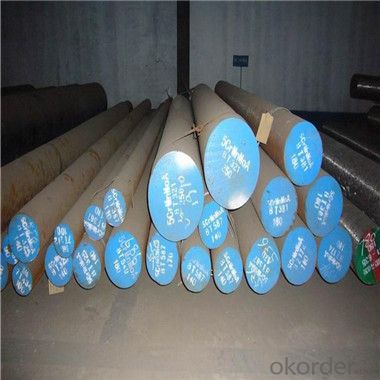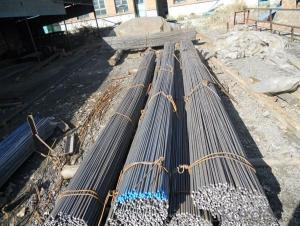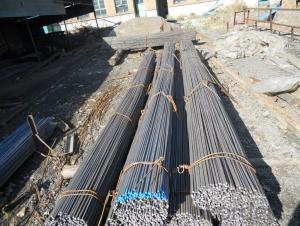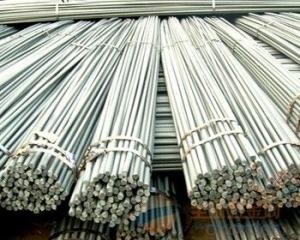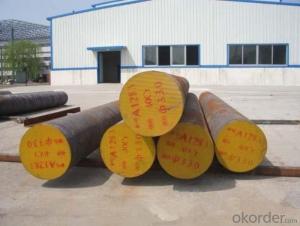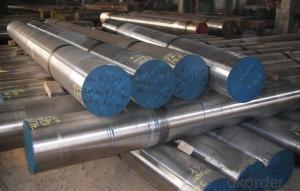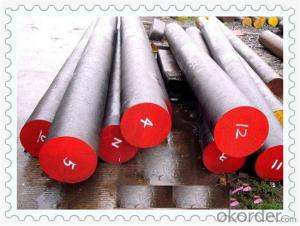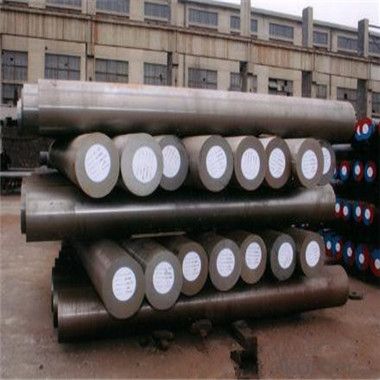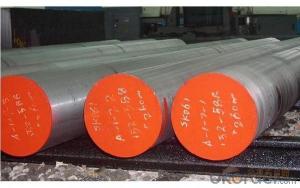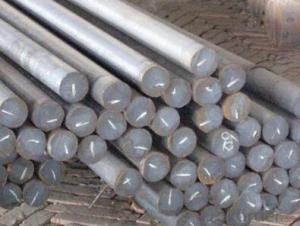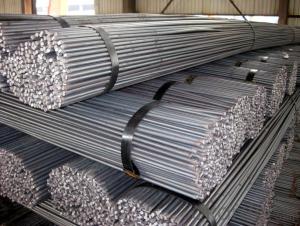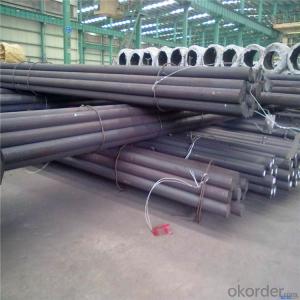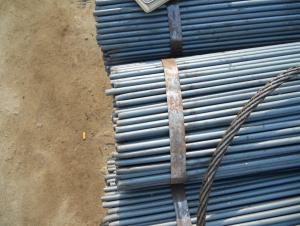S20C-B/S45C-B Steel Round Bar
- Loading Port:
- China main port
- Payment Terms:
- TT OR LC
- Min Order Qty:
- 5 m.t.
- Supply Capability:
- 100000 m.t./month
OKorder Service Pledge
OKorder Financial Service
You Might Also Like
Specification
S20C-B/S45C-B Steel Round Bar
Specifications
S20C-B/S45C-B steel round bar
Dia 18-60mm
Grade 20,45#
Standard GB,JIS,ASTM,DIN,AISI,BS
LF & VD forge;ISO&TUV approved
S20C-B/S45C-B steel round bar
Round bar steel diameter 18-60mm,material 20#,45#,55#,40CrUP,40CrUC,40Mn2,20CrMnTi,42CrMo
Rolling tube blank diameter 50-130mm.material 20#,45#,10#,35#,37Mn5,Q345,20Mn2/30Mn2,45Mn2,27SiMn
Casting round tube blank diameter160-230mm,material 20#,45#,25Mn,Q345B,20Mn2/30Mn2,45Mn2,27SiMn,33Mn2V/36Mn2V,
Bearing steel diameter18-60mm,material GCr15,Flat spring steel material 60Si2Mn,55CrMnA,50CrVA
Grade | Dia(mm) | C | Si | Mn | P | S | Ni | Cu | Cr |
20 |
18-60
| 0.17-0.23 | 0.17-0.37 | 0.35-0.65 | ≤0.035 | ≤0.035 | ≤0.30 | ≤0.25 | ≤0.25 |
45 | 0.42-0.50 | 0.17-0.37 | 0.35-0.65 | ≤0.035 | ≤0.035 | ≤0.30 | ≤0.25 | ≤0.25 |
Products
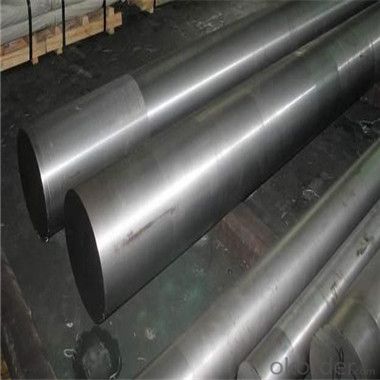

- Q: What is the difference between a rough turned and a hot rolled steel round bar?
- A rough turned steel round bar and a hot rolled steel round bar differ in their manufacturing processes and resulting properties. A rough turned steel round bar is produced by first heating a steel billet or ingot to a high temperature and then subjecting it to rough machining processes. The rough machining involves removing excess material from the surface of the bar to achieve a desired size and shape. This process results in a slightly smoother surface compared to the hot rolled bar, but it may still have some minor imperfections. Rough turned bars are often used in applications where a smoother surface finish is required, such as in machining operations. On the other hand, a hot rolled steel round bar is manufactured by heating a steel billet or ingot to extremely high temperatures and then passing it through a series of rolling mills. The hot rolling process involves reducing the thickness and increasing the length of the steel bar by compressing it between a set of rotating rolls. As a result, hot rolled bars have a rough, scaled surface with variations in diameter along their length. This textured surface provides excellent adherence for paint, coatings, or further processing. Hot rolled bars are commonly used in construction, manufacturing, and structural applications where mechanical properties such as strength and durability are important. In summary, the main difference between a rough turned and a hot rolled steel round bar lies in their manufacturing processes and surface finish. Rough turned bars undergo rough machining to achieve a smoother surface, while hot rolled bars are formed through high-temperature rolling, resulting in a rough, scaled surface. The choice between these two types of bars depends on the specific application and the desired properties, such as surface finish, strength, and adherence.
- Q: What are the different types of steel round bar alloys used in the automotive industry?
- In the automotive industry, some of the commonly used steel round bar alloys include carbon steel, alloy steel, stainless steel, and tool steel. Carbon steel is widely used due to its affordability and high strength. Alloy steel, on the other hand, is known for its enhanced mechanical properties and resistance to wear and tear. Stainless steel is popular for its corrosion resistance, making it suitable for parts exposed to harsh environments. Lastly, tool steel is utilized for its exceptional hardness and ability to withstand high temperatures, often used in the production of cutting and shaping tools for automotive manufacturing.
- Q: How do you measure the diameter of a steel round bar?
- To measure the diameter of a steel round bar, you can use a caliper or a micrometer. Simply place the measuring tool across the widest point of the bar and read the measurement displayed on the tool.
- Q: How to make the round welds on flat steel flat and qualified?
- On both sides of the steel and welded steel plate, each side of the weld length of 5 times the diameter of reinforcement, welding seam should be welded into a convex arc that is.
- Q: What are the different grades of carbon steel round bars for structural applications?
- The different grades of carbon steel round bars commonly used for structural applications include ASTM A36, ASTM A572, and ASTM A992.
- Q: Can steel round bars be used for making shock absorber components?
- Yes, steel round bars can be used for making shock absorber components. Steel is a common material used in the manufacturing of shock absorbers due to its strength, durability, and resistance to wear and tear. Steel round bars can be machined or forged into various components of a shock absorber, such as piston rods, mounting brackets, or tube bodies. The use of steel ensures that these components can withstand the high pressures and forces associated with shock absorption, providing stability and smooth operation for the vehicle.
- Q: Can steel round bars be used for making gears?
- Certainly! Gears can indeed be made using steel round bars. The reason for their widespread use in gear manufacturing lies in their outstanding strength, longevity, and ability to withstand damage. These bars can be processed, subjected to heat treatment, and molded into different types of gears, including spur gears, helical gears, and bevel gears. Steel round bars provide exceptional accuracy and dependability, making them ideal for applications demanding durable and high-performing gears, like automotive transmissions, industrial machinery, and power transmission systems.
- Q: Can steel round bars be used in the manufacturing of bearings?
- Typically, steel round bars are not utilized in the production of bearings. Bearings necessitate materials with distinct qualities, such as exceptional strength, hardness, and resistance to wear. Steel round bars may not possess these attributes to the necessary extent. Instead, bearings are usually crafted from top-notch steel alloys that are specifically engineered for bearing purposes, such as bearing steel or stainless steel. These materials undergo specialized heat treatment procedures to attain the desired properties essential for bearing manufacturing, including the ability to bear heavy loads, minimal friction, and long-lasting endurance.
- Q: How do you calculate the weight of a steel round bar based on its length and diameter?
- To calculate the weight of a steel round bar, you can use the formula: weight = (pi * diameter^2 * length) / 4.
- Q: What are the maximum allowable stresses for steel round bars?
- The maximum allowable stresses for steel round bars depend on various factors such as the grade of steel, the specific application, and the safety standards being followed. However, a commonly used value for allowable stress in steel round bars is typically around 60,000 to 70,000 pounds per square inch (psi). It is important to consult the appropriate design codes, standards, or engineering specifications to determine the specific maximum allowable stresses for a given steel round bar.
Send your message to us
S20C-B/S45C-B Steel Round Bar
- Loading Port:
- China main port
- Payment Terms:
- TT OR LC
- Min Order Qty:
- 5 m.t.
- Supply Capability:
- 100000 m.t./month
OKorder Service Pledge
OKorder Financial Service
Similar products
Hot products
Hot Searches
Related keywords

